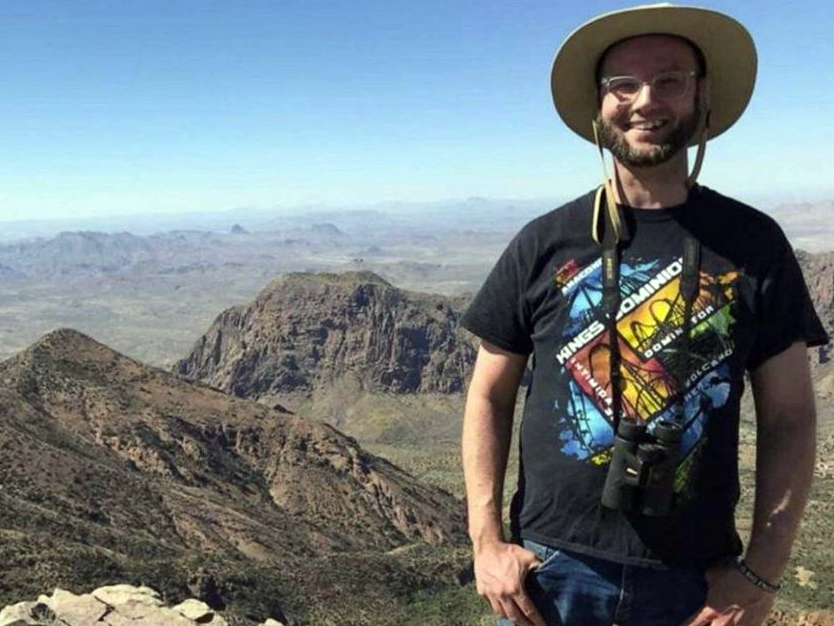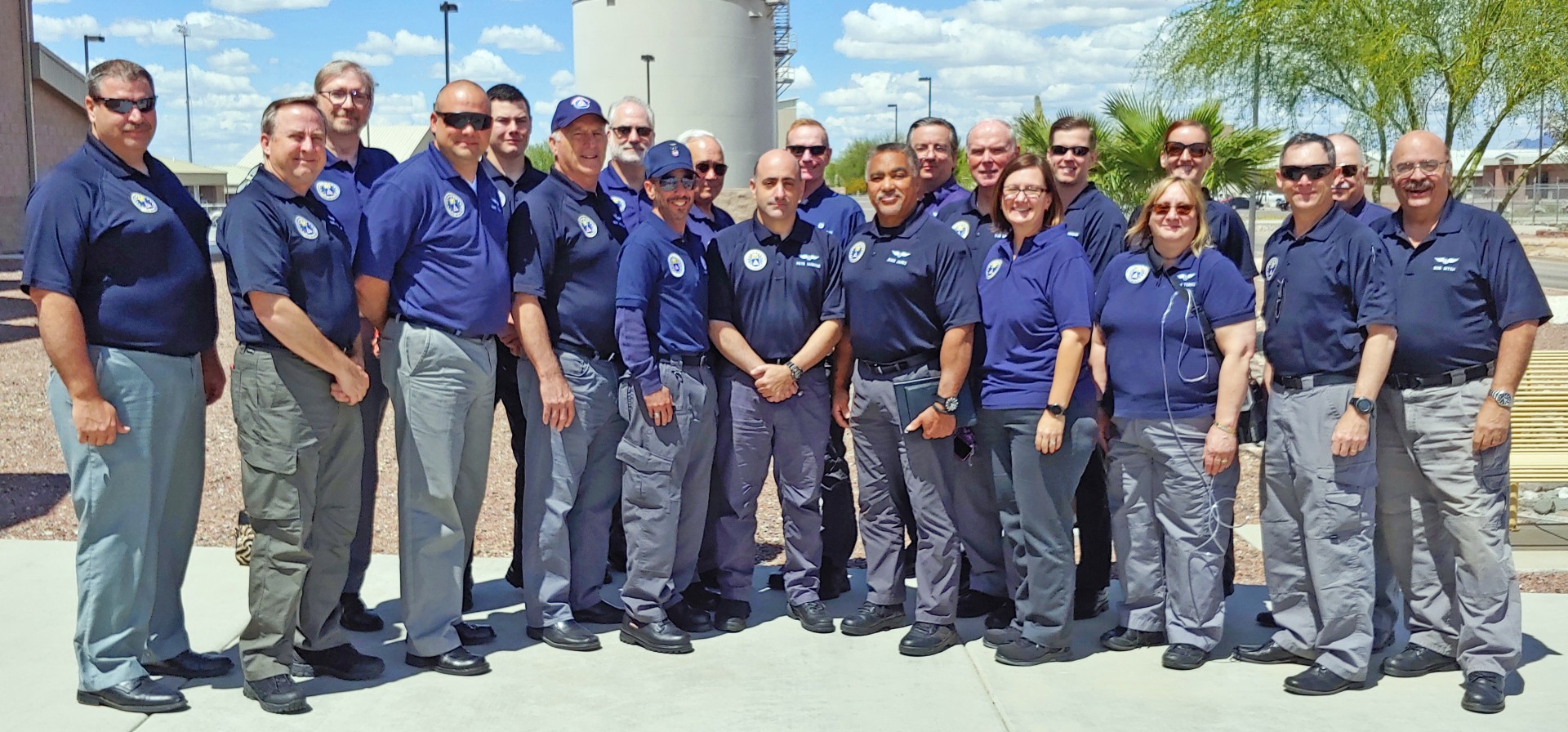Please note: Squadron 150's new website is now live and can be found at http://longbeach.cap.gov. Please visit our new website for the most current information about our squadron. As of 15 January, 2020 this website will no longer be updated by our staff.
Thank you!
August
09,
2019
Civil Air Patrol’s Board of Governors is extending by a year the three-year term of Maj. Gen. Mark Smith, CAP’s national commander and CEO, meaning he will now serve through August 2021.
Col. Brad Lynn, board chairman, announced the extension Thursday during the Command Council’s meeting at the CAP National Conference , drawing a standing ovation from CAP’s senior leadership and the eight region and 52 wing commanders in attendance.
Lynn said, “The Board of Governors recognized the outstanding leadership accomplishments and vision of Gen. Smith and, in concert with the CAP Constitution and Bylaws, extended an invitation to him to extend his term by one year. Gen. Smith has graciously accepted this extension.”
“It is an honor and a privilege to serve Civil Air Patrol,” Smiith said. “We have made great strides over the first half of my term of service, and I am grateful to have more time to not only bring leadership initiatives to life but also to see them toward their conclusion.”
“We are one team, excelling in service to our members. So this generous extension of service by the Board of Governors tells me that we are all moving in the right direction.”
Smith has headed CAP since Sept. 2, 2017. During his tenure as national commander, CAP’s membership has increased by some 11% from 57,000 to more than 64,000.
He previously led CAP’s Southwest Region and, before that, its New Mexico Wing. He has completed all five levels of the CAP professional development program, earning Master ratings in Command and Safety as well as a Senior rating in Aerospace Education. He has also earned an executive rating in CAP’s Organizational Excellence program.
In addition to his experience in CAP, Smith has 43 years of leadership experience in the Air Force, industry and other nonprofit volunteer organizations. His background includes experience with strategic planning, leading change, positively influencing organizational culture and motivating units to achieve higher levels of performance. He is also passionate about servant leadership and helping organizational members achieve their full potential.
Smith has a doctorate in education in ethical leadership from Olivet Nazarene University, a master’s of aviation management from Embry-Riddle Aeronautical University and a bachelor’s in international affairs from the U.S. Air Force Academy. He is a graduate of the Air Force’s Squadron Officer School, Air Command and Staff College and Air War College.


 August 19, 2019: CIvil Air Patrol's National Radar Analysis Team used a brand-new tool to quickly guide searchers to a crashed seaplane near New Orleans in bad weather, resulting in the rescue of two people — two of four saves credited Sunday to CAP.
August 19, 2019: CIvil Air Patrol's National Radar Analysis Team used a brand-new tool to quickly guide searchers to a crashed seaplane near New Orleans in bad weather, resulting in the rescue of two people — two of four saves credited Sunday to CAP. Meanwhile, the U.S. Coast Guard had deployed a MH-65 Dolphin helicopter aircrew to search for the plane in the Chandeleur Sound amid heavy rain and choppy seas.
Meanwhile, the U.S. Coast Guard had deployed a MH-65 Dolphin helicopter aircrew to search for the plane in the Chandeleur Sound amid heavy rain and choppy seas.
 51, in Lucas County, Ohio.
51, in Lucas County, Ohio.






















